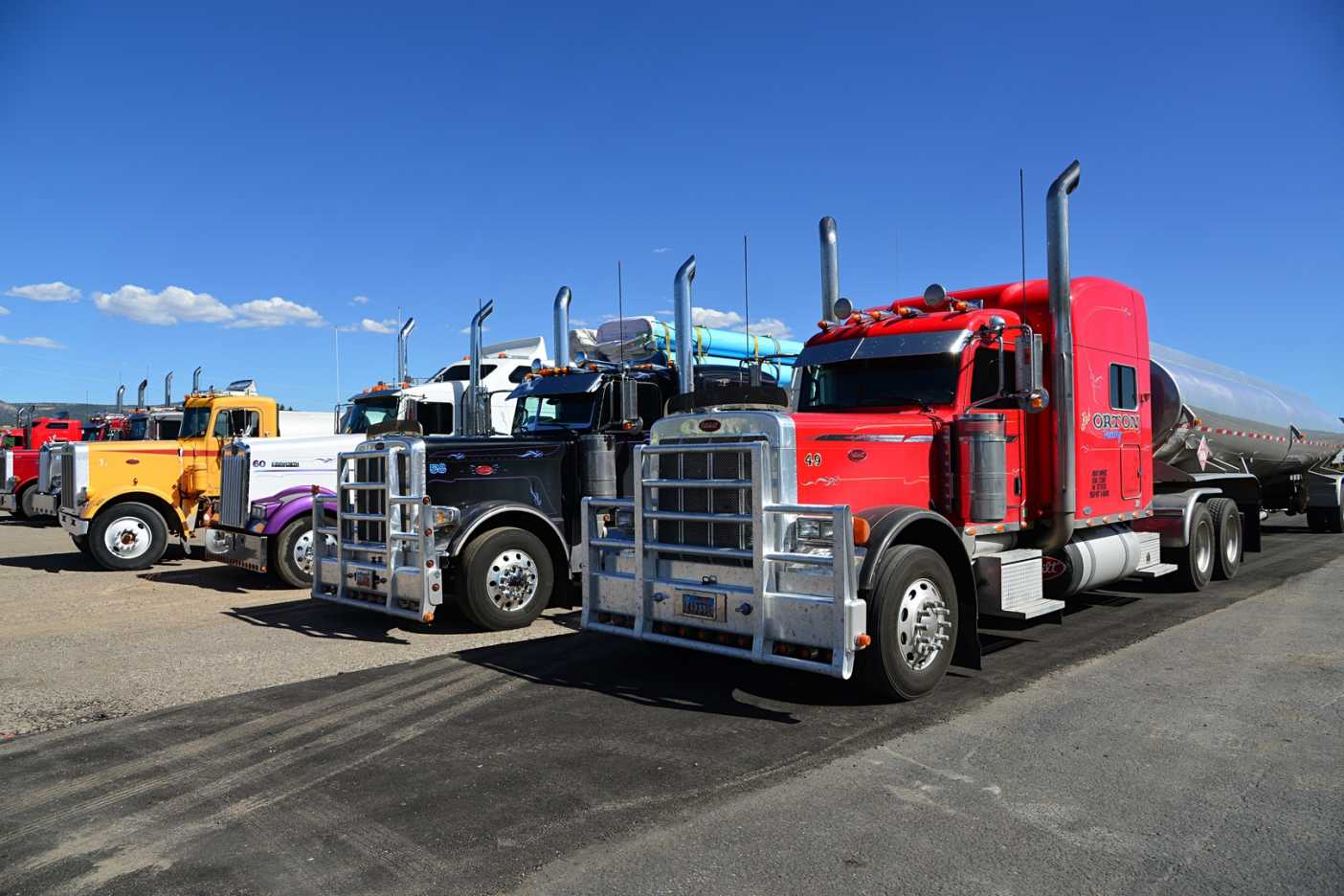According to the U.S. Department of Transportation’s Federal Motor Carrier Safety Administration (FMCSA), more than 750 people die each year and more than 20,000 are injured each year because of fatigue truck drivers operating commercial truck vehicles. Tired drivers are deadly drivers. Unfortunately, operating an 18 wheel rig is generally a low paying job and can lead many truckers to drive long hours in order to make more money. Commercial truck employers do not help the situation by imposing tight delivery deadlines on their truckers.
Sleep deprivation can lead a trucker to nod off, or drift into other lanes. Ineffective down-breaking, rollovers and jackknifing are also typical results caused by inattentive and fatigued truckers. Multi-vehicle accidents are not uncommon when a truck is involved. Truck operators themselves are exposed to these obvious dangers with about 600 commercial truck drivers per year dying in highway accidents.
Log books are required to be kept by all truckers, and will usually be helpful in litigating a case and proving liability based upon driver fatigue. Black boxes, as well as electronic onboard recorders (EOBR) can also be useful tools in reconstructing the events leading up to collision with a truck.
Tractor Trailer accidents involve overlapping laws and regulations. Usually a trucking accident lawsuit should be brought against a trucking company and the commercial truck driver. However, government agencies, truck mechanics and maintenance companies, truck manufacturers and their insurance companies are also possible defendants and their involvement in an accident should be investigated before suit is filed. In tractor trailer collisions, a history of vehicle inspections and weigh station stops is always important and discoverable information. Recent road changes, such as re-grading or new signage can potentially lead to liability of governmental agencies or subcontractors.
Passenger vehicle operators should obviously steer clear of trucks as much as possible on the highway. This means, for instance, remembering that trucks have a shorter braking distance than cars, so when switching lanes after passing a truck, car operators should bear in mind that an 18 wheeler will be coming up quickly behind them. Make sure you see, at a minimum, the trucker’s two headlights in your rear view mirror before re-entering the lane. That said, most truck accidents occur, according to the Federal Motor Carrier Safety Administration, on rural highways and in the middle of the day and on weekdays. So highway driving is predominantly not the most likely location for a car-truck collision.
Source





